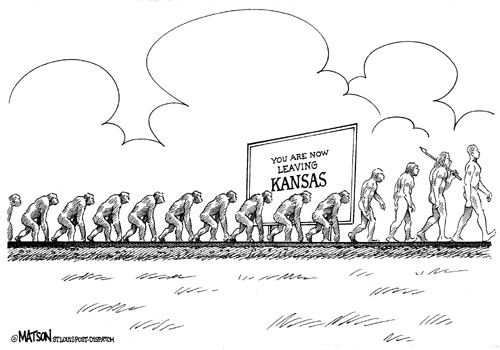Sometimes science can be stranger than fiction.
Like this innovative way to settle an age old controversy – that of whether brain cells can form anew after birth it is a well known fact that brain cells once formed are not made again. unlike say for example the skin cells which are shed and then replaced. (Actually we go through a new skin every 1-3 months.)
But research in the early 70’s showed that we actually make new brain cells even after we have grown up. (the technical term is adult neurogenesis).
How is this done? In animals you give them stuff called BRDU which gets in the DNA of the cells. Now a cell only makes new DNA once ie when it is forming. Therefore only those cells take up DNA which are being born. If you look for which cells have taken up BRDU you know these are the cells which have been born after you gave the BRDU to them.
Does adult neurogenesis happen in humans at all? Can’t you give humans BRDU and see? Well no because BRDU is a mutagen. (causes mutations and therefore cancer). What would you do?
Well, here comes the innovation that works around this problem. In the period from 1955-63 there were a lot of nuclear bombs being detonated above ground for “tests”. This lead to the C14 levels in the atmosphere going up. In fact it follows a pattern with the levels coming down exponentially after 1963 when the test ban treaty was signed. This is shown in this graph.
(ignore the line and dot for now)

These ratios of C14 to the normal level would be reflected in the DNA of the cell as well because the C14 is all over the atmosphere which would get into plants and therefore into human food as well. When a cell is born this C14 would go into the nucleus as well. If you could measure C14 levels in the cell DNA you could tell when it is born.
You could do this for all the cells in body and determine the age of each groups of cells – like brain versus intestine. neat.
Next big question – Did it work? Did they show that new neurons are born in the brain after birth? did they? did they?
Well – short answer yes!

The vetical line in the year of birth of the indivudual(~1973). The red dots represent the date of birth of the cells of the different organs. The intestine cells (also have high turnover rates like the skin cells) are the youngest having C14 levels corresponding to being born in ~1995 while the cerebellar cells are the oldest – being born in ~1975.
The clincher here are the cortex cells being clearly born in 1982 or thereabouts, indicating clearly that new neuronal cells can be formed after birth.
Who would ever have thought that nuclear bomb testing would have such a scientifically useful fallout (pardon the pun). And yes truth is stranger than fiction.
For the ones who revel in the details here is the original paper.
(posted originally by samudrika)


